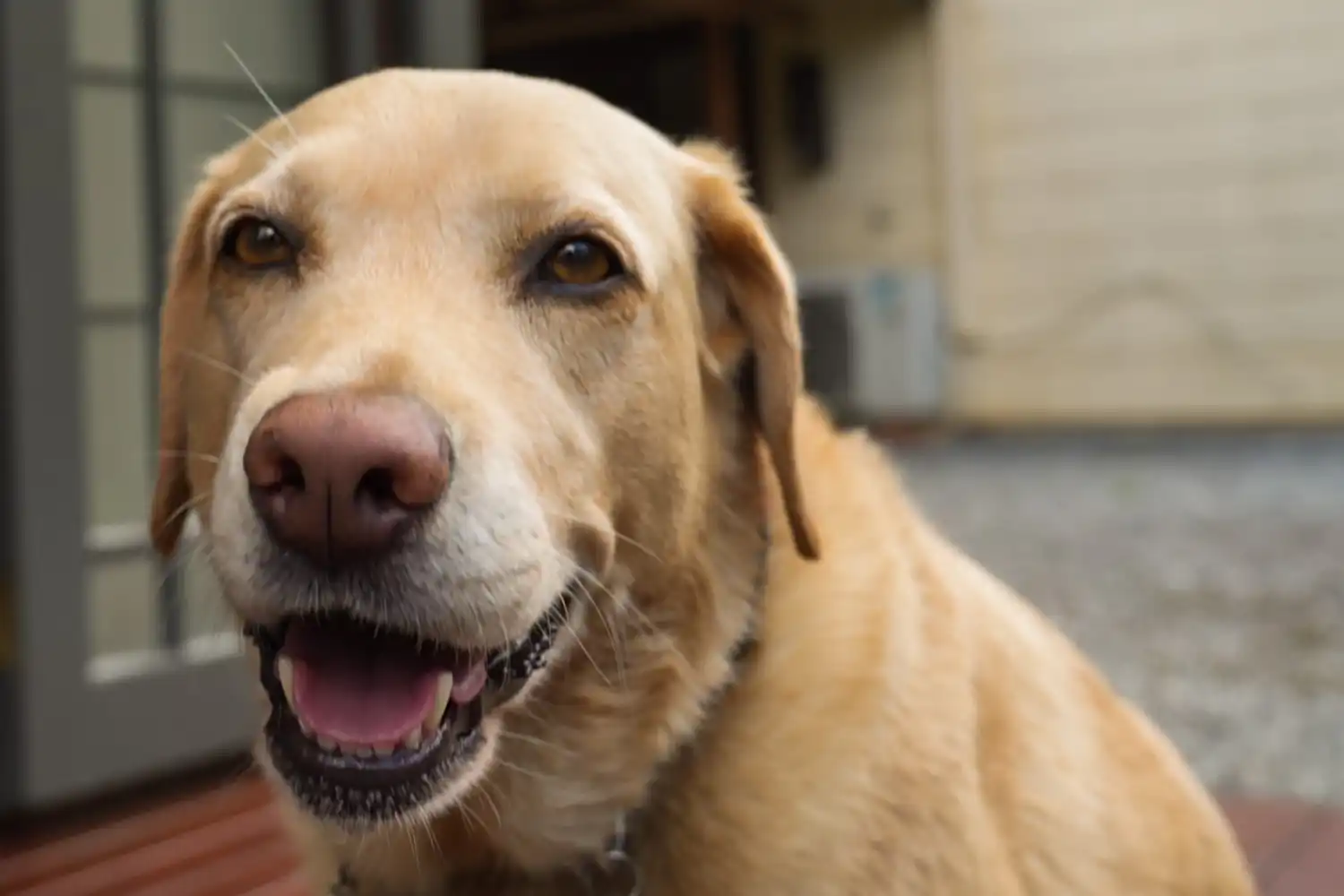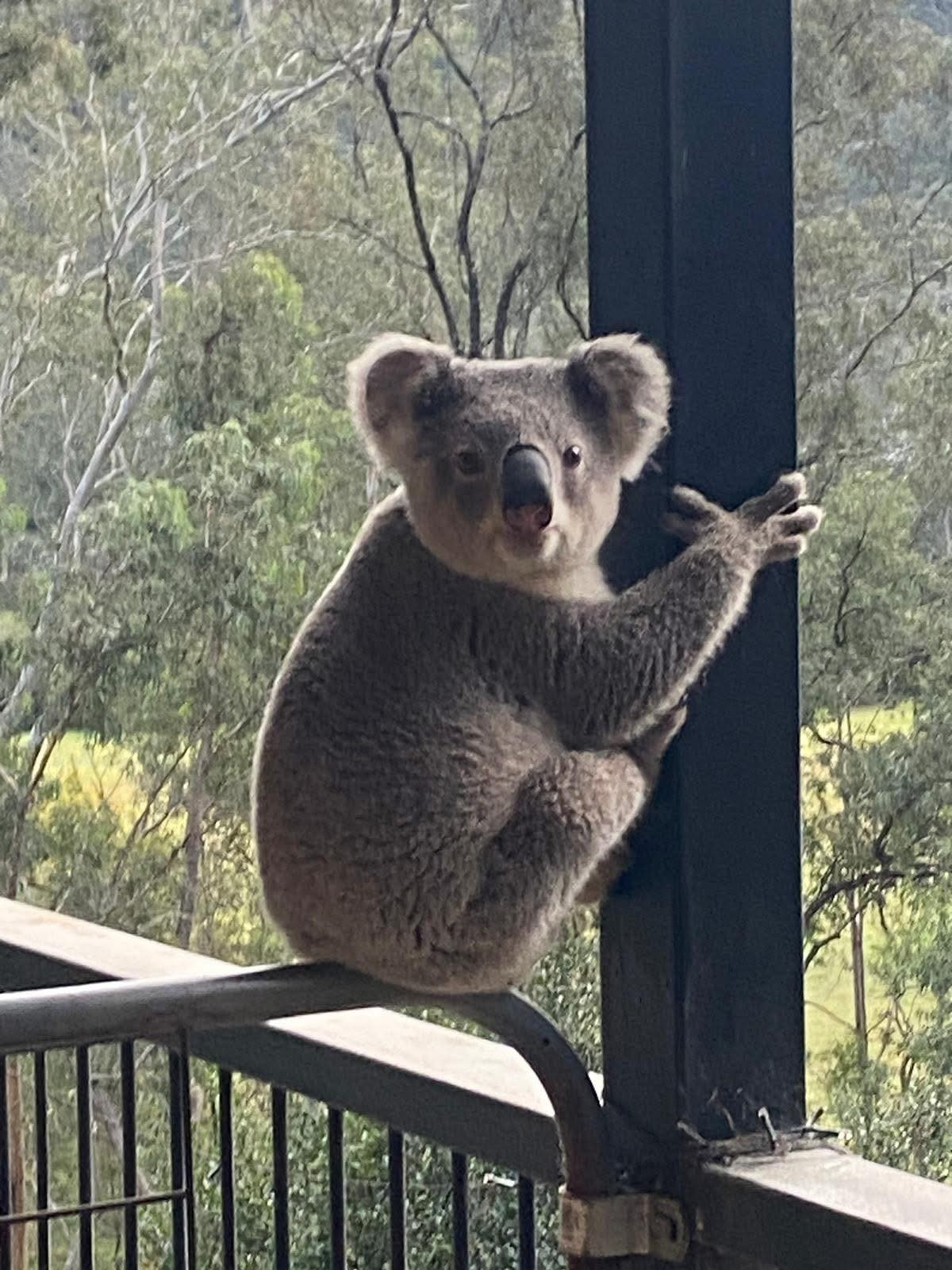Under a star-spangled night sky, the soft hoot of an owl is always a delight. With their exquisite camouflage and high nests, they are more often heard than seen. Surprisingly, owls persist in bushy parts of Sydney, hunting the large populations of rats and possums that have adapted to urbanization. Winter is the time when we are more likely to notice rats and mice as unwelcome guests in our homes, drawn in by warm nesting spots and abundant food sources. But is rat how we manage pest rodents at home? It can have lethal consequences for both our pets and wildlife.
For many people, it’s a choice between old-fashioned “snap traps”, electronic traps, non-lethal traps, and a range of toxic baits. A public awareness campaign has attempted to reiterate that traps are the preferred option, as there is less chance of accidentally harming non-target animals. Electronic traps are easy to set, with no risk of snapped fingers. But if you are unsure of who is visiting your kitchen, non-lethal traps avoid the accidental killing of marsupials like antechinus, who pose little threat of disease or damage.
The worst possible choice is baiting. Rat poisons contain an anticoagulant that causes death due to massive internal bleeding. They are non-selective and the death is very slow, up to 10 days. In Australia, there are two types available: first and second-generation anticoagulants.
First generation baits are called ‘multi-dose anticoagulants’, meaning that rodents must consume these rat poisons for several consecutive feedings to consume a lethal dose. The toxin breaks down quicker than second-generation anticoagulant rodenticides, so there is less chance of secondary poisoning occurring in non-target animals, such as owls.
Second generation anticoagulants (SGARs) are single dose baits – only one meal is needed to cause death. It is faster acting, but does not breakdown readily in the rat’s body, allowing it to spread throughout the food chain. Dead or dying rodents present an easy meal for any predatory animal including pets, birds of prey, and carrion eaters such as quolls and goannas. Possums, a key food source for endangered powerful owls, are often poisoned by baits laid in roof spaces. Other non-target species include ducks and tawny frogmouths, who ingest the rat poison when eating snails that have fed on pelleted bait.
SGARs, the silent killer, have permeated our wildlife with devastating consequences. Their effect has extended way beyond their intended targets, and the evidence on the effect of baits is irrefutable. According to BirdLife Australia, ( BirdLife Australia – Rat Poison — Act for Birds ) studies on dead birds of prey including Southern boobooks, powerful owls and wedge-tailed eagles have repeatedly shown harmful or fatal levels of SGARs, even though their main diet is not rodents. When possums were tested, over 90% of brushtails and 40% of ringtails had rat poison in their systems. Banned for years in the US, Canada and EU, most of the rat baits sold here are SGARs, often labelled “fast acting” or “fast kill”. Readily available at Bunnings, Coles and Woolworths, they’re sold without warning labels. Our pesticide regulators are currently reviewing their use, and hopefully they will be restricted or banned as many other safer options are available. Albury Council is the first to ban the use of SGARs in their rodent management programs, setting a precedent for other councils. There is also a “natural” rat bait that targets rodents unique thirst sensors, causing death from dehydration. Sold as Ratsak Naturals, it is safe for pets and other non-target species.
Rat Poison might be a last resort, but prevention is the easiest option. Make your house and garden a no-go zone for rats and mice by implementing these simple protocols:
Store pet and poultry food in rodent-proof bins and containers
Remove uneaten pet food from bowls
Store human food in sealed containers or in the fridge
Use kitchen bins with closing lids
Line chicken coops and aviaries with small gauge wire mesh (less than 14mm holes)
Remove fallen fruit from orchard trees
Seal access points like wall and roof cavities (steel wool can be handy here)
Seal your worm farm and keep it well maintained
Tidy up wood piles, iron or rubbish in yards
Signs of rat bait or rat poison to look out for in your pet or sick wildlife:
Lethargy or weakness
Pale gums
Blood dripping from nose
Trouble breathing or coughing up blood
Not eating
If these signs are present in your pet, it could be an emergency condition requiring urgent veterinary treatment. If you notice these effects in wildlife, reconsider your use of rat poison or baits. If you feel comfortable, try speaking to your neighbours about other alternatives. You might even commit to creating a ‘bait free’ zone in your community. Keeping your property wildlife friendly (this includes locking up pet cats at night) creates a healthy, balanced habitat with effective predators and free rodent control. It’s time we all give a hoot, and STOP USING RAT POISON. At Wildside Sanctuary, we see ourselves as custodians of this ancient land we share. We are working collaboratively with impactful conservation groups, including BirdLife Australia (Our Impact – BirdLife Australia) to restore the wildscape. By choosing to STAY at Wildside Sanctuary you are supporting our conservation goals.




